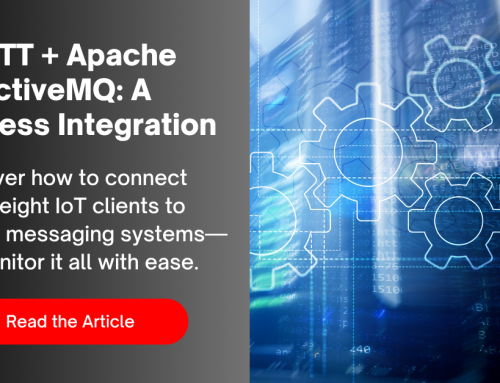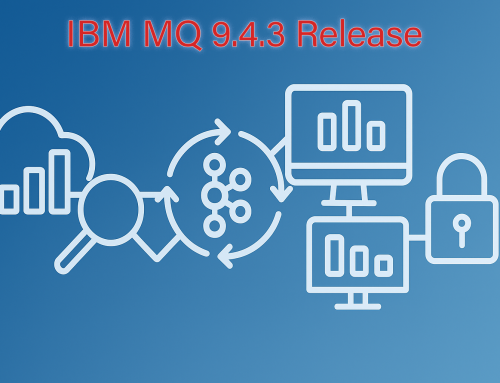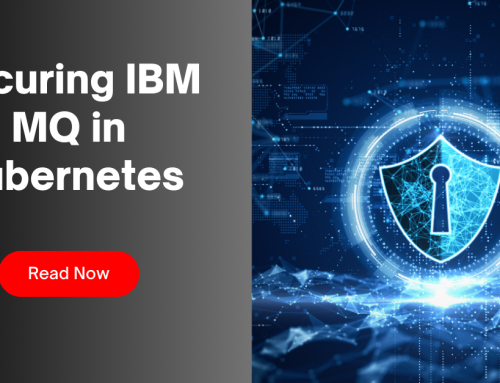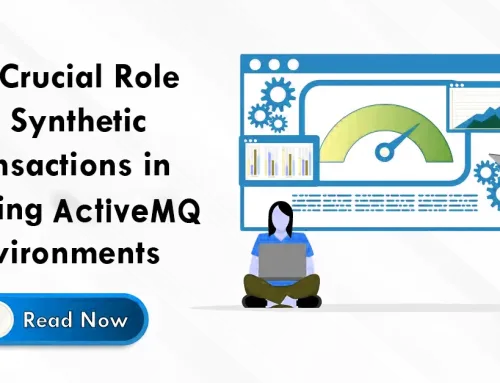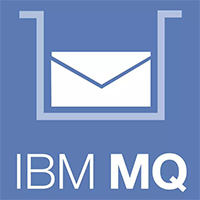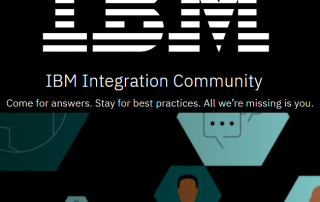IBM MQ 9.4 Release: Key Features and Cloud Integration Benefits
Avada Software is pleased to share that IBM has announced the release of IBM MQ Version 9.4, which will be available on June 18, 2024.
This version introduces a range of enhancements designed to improve security, flexibility, and performance of IBM MQ.
Key Highlights
- JSON Web Key Sets (JWKS) Token Authentication: Simplifies and centralizes security configurations, automating JWT key management for enhanced security practices.
- PKCS12 Keystores Tooling: Improved tooling supports the management of cryptographic keys and certificates in a single, secure format, enhancing overall security.
- Persistent Volume Sizing: Allows resizing persistent volumes post-creation, ensuring message and configuration retention after restarts.
- TLS Certificate Validation Bypass: This option bypasses TLS certificate validation, allowing faster adaptation to changing requirements without compromising security.
- Channel Compression with LZ4: LZ4 compression minimizes network load and increases data transmission speed, optimizing overall network performance.
- AWS Marketplace Availability: IBM MQ licenses can now be purchased directly through the AWS Marketplace, aligning with your existing AWS strategy and simplifying the procurement process.
Enhanced Cloud-Native Security
IBM MQ 9.4 addresses top security concerns by adding token-based authentication and enhancing key management. This modernization reduces vulnerabilities associated with password management and aligns with cloud-native security practices, helping businesses lower costs and improve protection.
Improved Observability
IBM MQ 9.4 provides enhanced observability features, allowing businesses to gain deeper insights into their messaging infrastructure. These improvements help users quickly identify and resolve system issues, ensuring smoother and more reliable operations across different environments.
Insights into Business Events
IBM MQ 9.4 supports seamless, bi-directional data flow between MQ and Apache Kafka with fully supported connectors, enabling real-time insights and improved business processes without data loss or duplication.
These enhancements make IBM MQ 9.4 a robust and flexible solution for modern messaging needs, supporting diverse applications and business environments.
Overview of IBM MQ 9.4
IBM MQ facilitates the exchange of information in hybrid cloud, distributed systems, microservices, and serverless applications by using queues for asynchronous messaging or publish-and-subscribe messaging.
- Developer Efficiency: With IBM-supported Kafka connectors, developers can act on events as they happen, delivering outstanding client experiences.
- Enhanced Resilience: Native high availability (Native HA) in Kubernetes deployments reduces network load, increases replication speeds, and automates object recovery.
- Improved Observability: Enhanced features provide deeper insights and more straightforward issue resolution, ensuring smoother operations.
- Security and Flexibility: JWKS-based token authentication and PKCS12 keystores simplify and strengthen security configurations.
IBM MQ Advanced for Multiplatforms 9.4:
In addition to the features in MQ for Multiplatforms 9.4, the advanced version includes:
- Native High Availability: Enhanced with LZ4 compression for minimized load and increased speed.
- Kafka Connectors: Reliable bi-directional data delivery between MQ and Kafka, ensuring no data loss or duplication.
This brand new MQ release delivers improved cross-platform connectivity, observability, and modernization capabilities, making it an essential tool for organizations aiming to streamline their messaging infrastructure in a hybrid cloud environment.
For a more detailed overview, read the full blog post by Pradeep Sudarshan and Amy McCormick, Introducing IBM MQ version 9.4: Built for change.
More Infrared360® Resources




